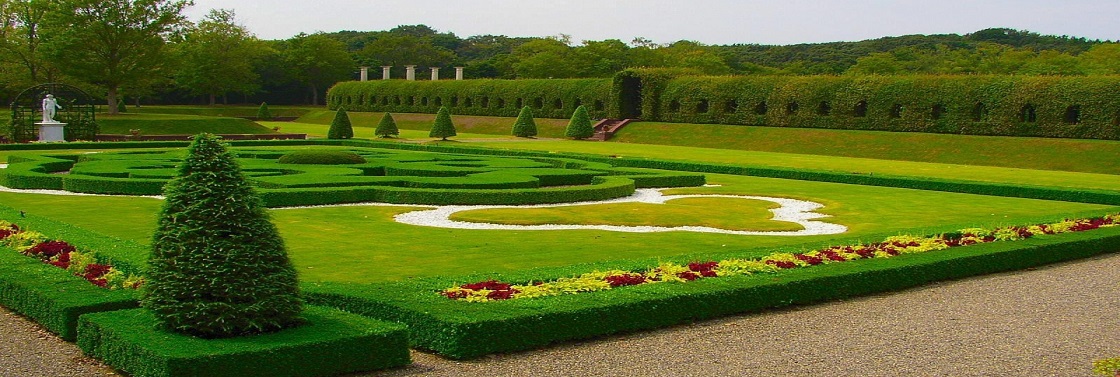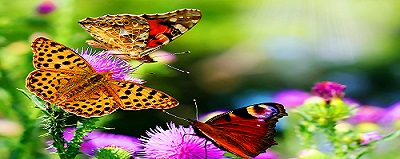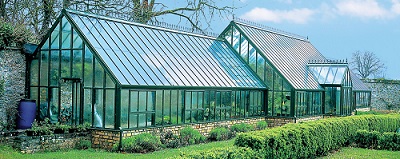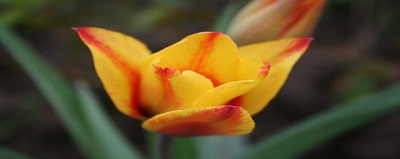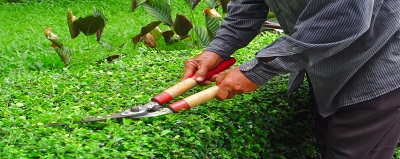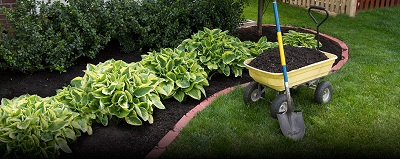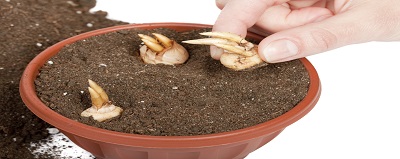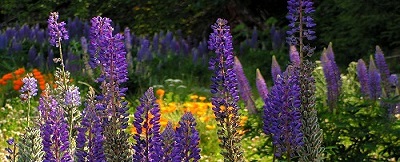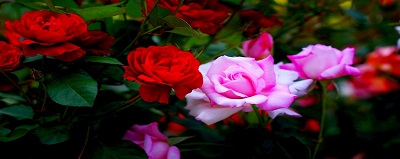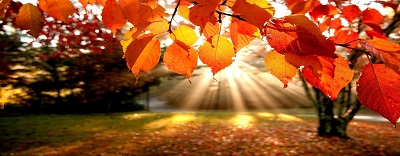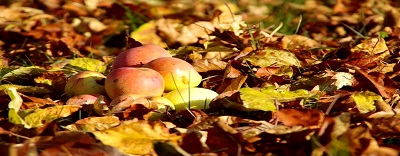Part-8 The Gardening Year. How To Be A Gardener? Uses Of Garden Tools.
The Gardening Year
THE GARDENING YEAR 1.The Growing Season 1.Climate And Weather 2.Bad Wheather 2.Spring 1.Key Jobs For Spring 2.Spring's Theme 3.Summer 1.Key Job For Summer 2.Summer's Theme 4.Autumn 1.Key Job For Autumn 2.Autumn's Theme 5.Winter 1.Key Job For Winter 2.Winter's Theme
1. The Growing Season
Growing season for hardy plants is the time between spring and autumn when the plants grow all and we do most of our gardeners work the rest of the year is inactive condition while (Most of) plants and gardeners rest.
1. Climate And Weather
Climate affects the season and understanding the climate in your garden will help you to successfully build a garden.Drive in Scotland from Cornwall in the spring, and you will see daffodils in various stages of growth along the way, flowers in Cornwall but green buds still in Scotland. That’s the reason for the start of the growing season where you are in the country. north of Scotland – often starting four to six weeks after mid-England, which is four weeks after Cornwall’s reach.
Climate is also about Height. For every 300m (328 yds) your garden is above sea level, knock about two weeks off the growing season because the higher you are, the colder it is.
2. Bad weather
Rain, wind, and Cold – Many plants go inactive in the winter to avoid this nasty weather.But bad weather can damage the plants at any time.Here are our tips for reducing risk:
1.RainCover with cloches with late or early vegetables.Stake perennials to stop flopping them.Cover the surface of containers with grit to stop the rain splashing flowers and leaves with fertilizer.
2.WindProvide shelter for new plantations of evergreens.Remember to bet them firmly to avoid blowing in the wind.
3.ColdIf late snow is predicted – find out and cover the plants that have new leaves with a gardening fleece or newspaper. Cold summers slow the growth rate of plants – bedding plants won’t peak late summer; Vegetables and salads take time to mature.
Plants in greenhouses may need to be shaded and you will need to open pores and door. If possible, add extra pores to the greenhouse.Frequently, the need for water in heavy doses, especially for recently planted plants and those in containers.
5.FrostThe first and last frosts of the growing season are turning points in the gardening year.For beds and other tender plants, the time between them is that they can stay in the garden.
2. Spring
It is a pleasure to see that the garden wakes up after winter.Highlights are spring bulbs, plant flowers and flower shrubs. Spring is also the busiest time in the garden, so try to proceed before starting weeds. This is the time to sow the seeds inside and outside, as well as time to prioritize weeds.
1. Key Jobs For Spring
1.Early
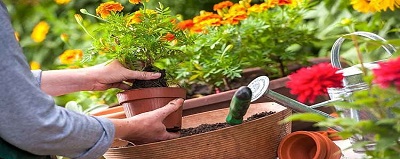
• Prune roses.
• Sow hardy annuals outdoors and half-hardy annuals in a heated propagator in the greenhouse or on a windowsill indoors.
• Tidy borders, weed and mulch with compost or manure.
• Lift and divide herbaceous perennials.
2.Mid
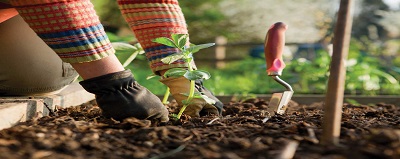
• Start changing the lawn regularly and Apply lawn grass and feed.
• Plant new roses, trees, shrubs and perennials.
• Feed the sample trees, roses, shrubs and hedges and Install bedding and borders, With a general purpose organic fertilizer.
• Eject out half-hardy annual seedlings or bot them up as needed.
3.Late

• Pruning spring-flowering shrubs after flowering
• Clip box hedges
• After the last frost plant out half-hardy annuals in containers and outdoor beds
• After the last frost plant outside Dahlias, Bring out the houseplants and drop any slightly tender shrubs
• Take the new growth of shrubs and perennials
2. Spring’s Theme
1. Spring Flowering Bulbs
The spring-flower bulb is fantastic where you plant it, whether in containers, borders, under trees or lawns.In borders, they will die before appearing in full-time in summer.Remember to leave them for about six weeks after they finish flowering before you digging them up.
2. Trees for spring blossom
Spring Flowers is one of the highlight years of gardening. In the smallest of the garden, there are trees that will put on a fantastic show.
3. Spring Flowering Shrubs
Spring is also a great time for flower shrubs, especially if you have acid soil as camellias, magnolias, and rhododendrons are their best.Some of the many others colourful peak are Berberis, Forsythia and Viburnum.There are some wonderfully scented flowers that still fill the entire garden with perfumes on a day.
3. Summer
1. Key Jobs For Summer
1. Early
• Start feed, water and deadhead bedding plants.
• Feed and deadhead roses after the first flush of flowers.
• Sow the seeds of perennial plants, winter bedding and biennials outdoors.
• Trim yew and leafy hedges, such as beech.
• Make sure any winter-planted trees and shrubs do not suffer from dry periods, if necessary, give them a good drying.
2. Mid
• If you have a pool, keep it airy and keep the water level at the top.
• Plant autumn-flowering bulbs, such as colchicums and sternbergias.
• In dry weather, the mower blades grow slightly as the grass remains green in a long time.• Keep weeds, food, deadheading and water at the top.
3. Late
• Feed and water rhododendrons if the weather is dry.
• Sow hardy annual seeds in pots for autumn planting.
• Deadhead and stake stripes to keep them flowery and neat.
• Take semi-ripe cuttings of shrubs.
2. Summer’s Theme
1. Summer Bedding
There are so many different Farmers that you’ll never be short of a Tremor display, And the whole point is to get one Blaze of colour.One of the more recent trends has been for trailing plants that have cascades of flowers.The lurking basket is elegant, especially the Surfinia petunias and the continental pelargoniums.
2. Summer Flowering Perennials
Look around the garden in the summer and you will see that the heart of perennial flowers blooms out, whether in the shade of the bog garden, Lake, or beds and borders. This is time to make your planting plans and to see where you can make improvements, And of course admire your creative skills.
3. Roses
Formal rose gardens and roses are out of fashion, but 90 percent of the floor gardeners produce roses. Nowadays, they are often grown as part of the larger composition or as a hedge.Especially shrub roses, patio roses had the largest growth in the last few years, Which are Perfect for compact growers and pots.
4. Autumn
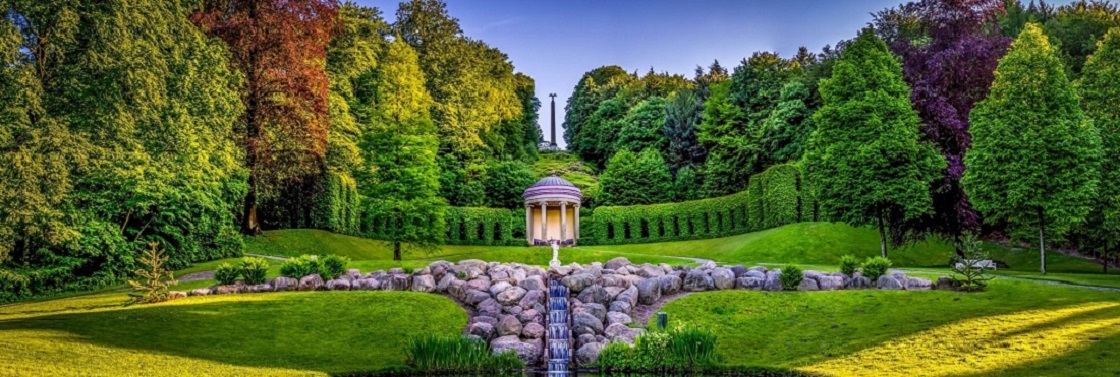
Autumn is a delicious season, all the excited flowers and reproductive activities of summer are finished. Seed-heads and berries look their best; the changing leaves indicate the beginning of the end of the growing season. For the gardener, this is the time to start putting the bed in the garden.
1.Key Jobs For Autumn
1. Early
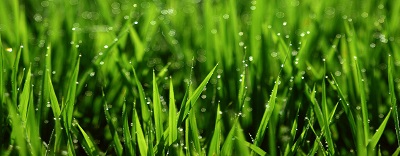
• Bring tender plants under cover before the first frosts.
• Plant or move evergreens and conifers, When the land is still hot.
• Plant spring beds, such as wallflower and polyanthus.
• Plant spring bulb.
2.Mid
• Adjusted perennials, leaving dead Stems but leaving the heads of bees to eat birds.
• Plant autumn trees, shrubs and climbers.
• Lay a new lawn, until the clay is not too wet.
• Batten down the hatches, Ensure nothing can blow about and the cause of damage on a stormy night.
3.Late
• Plant shrubs, roses and hedging plants are sold with a fair origin. Clear the fallen leaves and Give them fertilizer.
• Plant tulips and hyacinths.
• Move autumn trees and shrubs once, while they lose their leaves.
• Cut hardwood from shrubs and roses.
2.Autumn’s Theme
1. Autumn Foliage
It’s not just large trees such as the red oak, Quercus rubra, and ginkgo, Ginkgo biloba, That autumn foliage placed on a fireworks display.
If you’re restricted to space, deciduous rhododendrons (formerly known as azaleas) and Japanese maples both have leaves that turn brilliant colours. Don’t forget climbers, such as the ornamental vine, Vitis coignetiae and Virginia creeper, Parthenocissus quinquefolia.
2.barrries & Fruit
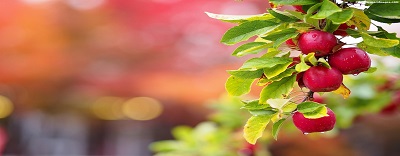
Autumn fruits and berries bring colourful displays. They just do not look attractive, but in the coming months, they are an excellent food source for birds and animals.
3. Plants That Produce Attractive Seed-Heads
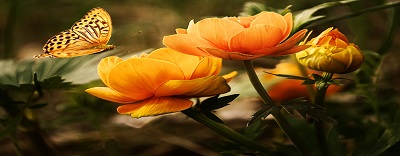
Many culminas produce attractive seed-heads after their flower. Systematically is not too quick for your borders and you will have a beautiful display through the winter. Decorating grass feathers are evaporated with joining them on the border, such as miscanthus and Stipa, while in the hedgerow and on walls and fences the fluffy seed-heads of Perennials such as tangutica and Alpina draw the eye.
5.Winter
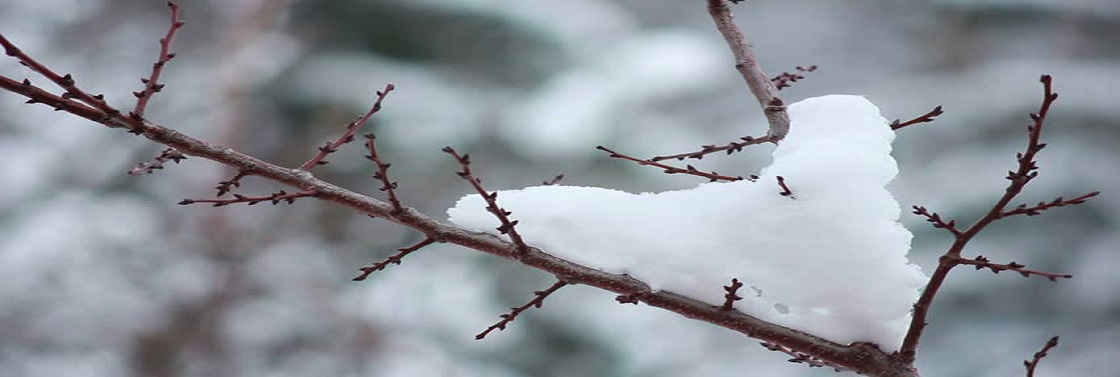
Once the inactive season is good and true for us, it’s time to take stock of these years successes and failures and plan for next year. It’s also an excellent time to start construction jobs so that new features can be ready for the beginning of next year’s season. It’s also time to enjoy the display of evergreens, winter flowers and attractive bark.
1.Key Jobs For Winter
• If it is a mild winter, then it keeps cutting off the loan, as long as it grows, but the mower raises the height of the blade.
• Prevent winter bedding or all-year pre-planted containers by wrapping the bubble wrap or taking it to a shelter by cooling down.
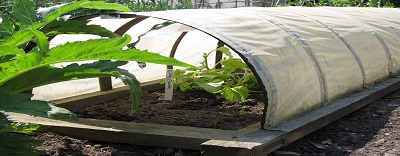
• Remove thin patches on the patio and freeze through scrubbing or blasting with a pressure virus with scrub.
• Occasionally remember to feed indoor plants.
• Order seed catalogs and plan what you’re going to grow spring.
2.Winter’s Theme
1.Evergreens
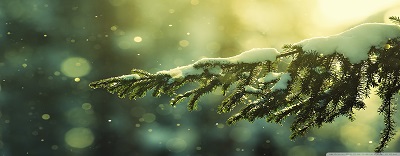
Evergreens are the main part of the garden, providing form and color all year. They come in more different colors than green, such as bronze, yellow, gold and silver, which bring something to the party.
2.Attractive Barks
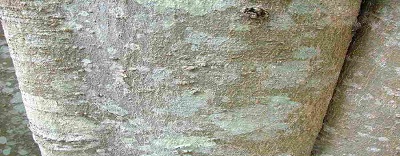
After sharing the leaves, now it is the autumn trees and shrubs that attract attention. Dogwoods, such as Cornes Alba, and Willow, such as Salix Alba, are a popular choice. Work hard every spring, they produce colourful stalks that look good all winter.
3.Winter Flowers
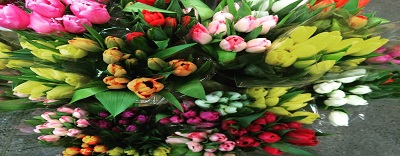
Winter beds, such as universal pensies and winter heather, provide colour main investment in containers and mixed borders. There are also plenty of winter flowering shrubs, some of which are beautiful perfumes. People to try to include Mohione, Jasmine of winter, witch hazel, Shovel Honeysuckle and Winters dessert.
